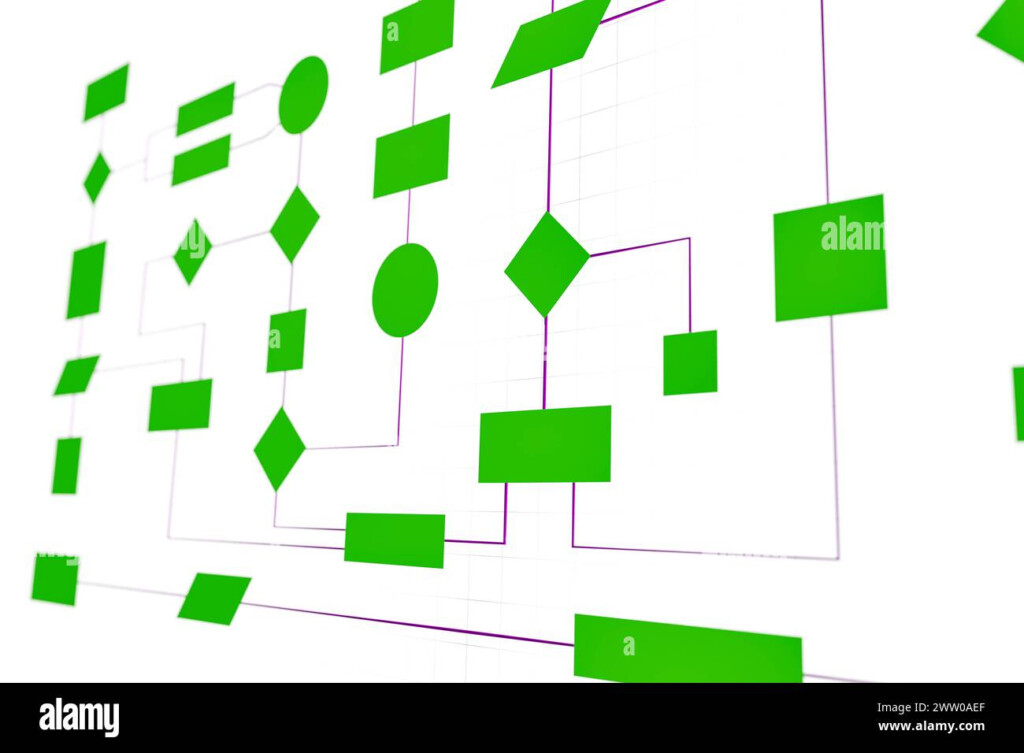Flow charts are visual representations of a process or workflow, showing the steps involved and the sequence in which they occur. They are essential tools for businesses and organizations to streamline their processes, improve efficiency, and ensure consistency in operations. By creating a flow chart for processes, teams can easily identify bottlenecks, redundancies, and areas for improvement.
Flow charts also help in training new employees, as they provide a clear and structured overview of how tasks should be performed. They serve as a reference guide for employees to follow and ensure that everyone is on the same page when it comes to executing tasks.
Flow Chart For Processes
Creating a Flow Chart for Processes
When creating a flow chart for processes, it is important to start by identifying the key steps involved in the process. This could include tasks, decision points, and outcomes. Once the steps are identified, they can be organized in a logical sequence using symbols such as rectangles for tasks, diamonds for decision points, and arrows to show the flow of the process.
It is also important to involve stakeholders in the process of creating a flow chart, as their input can provide valuable insights and ensure that the chart accurately reflects the actual workflow. Once the flow chart is created, it should be reviewed regularly to ensure that it remains up-to-date and reflects any changes in the process.
Benefits of Using Flow Charts for Processes
Flow charts offer several benefits when used in processes, including:
- Improved communication: Flow charts provide a visual representation of the process, making it easier for team members to understand and follow.
- Process optimization: By identifying bottlenecks and inefficiencies, flow charts help in streamlining processes and improving overall efficiency.
- Standardization: Flow charts help in standardizing processes, ensuring consistency in operations and reducing the risk of errors.
- Training: Flow charts serve as a valuable training tool for new employees, enabling them to quickly grasp the workflow and perform tasks effectively.
